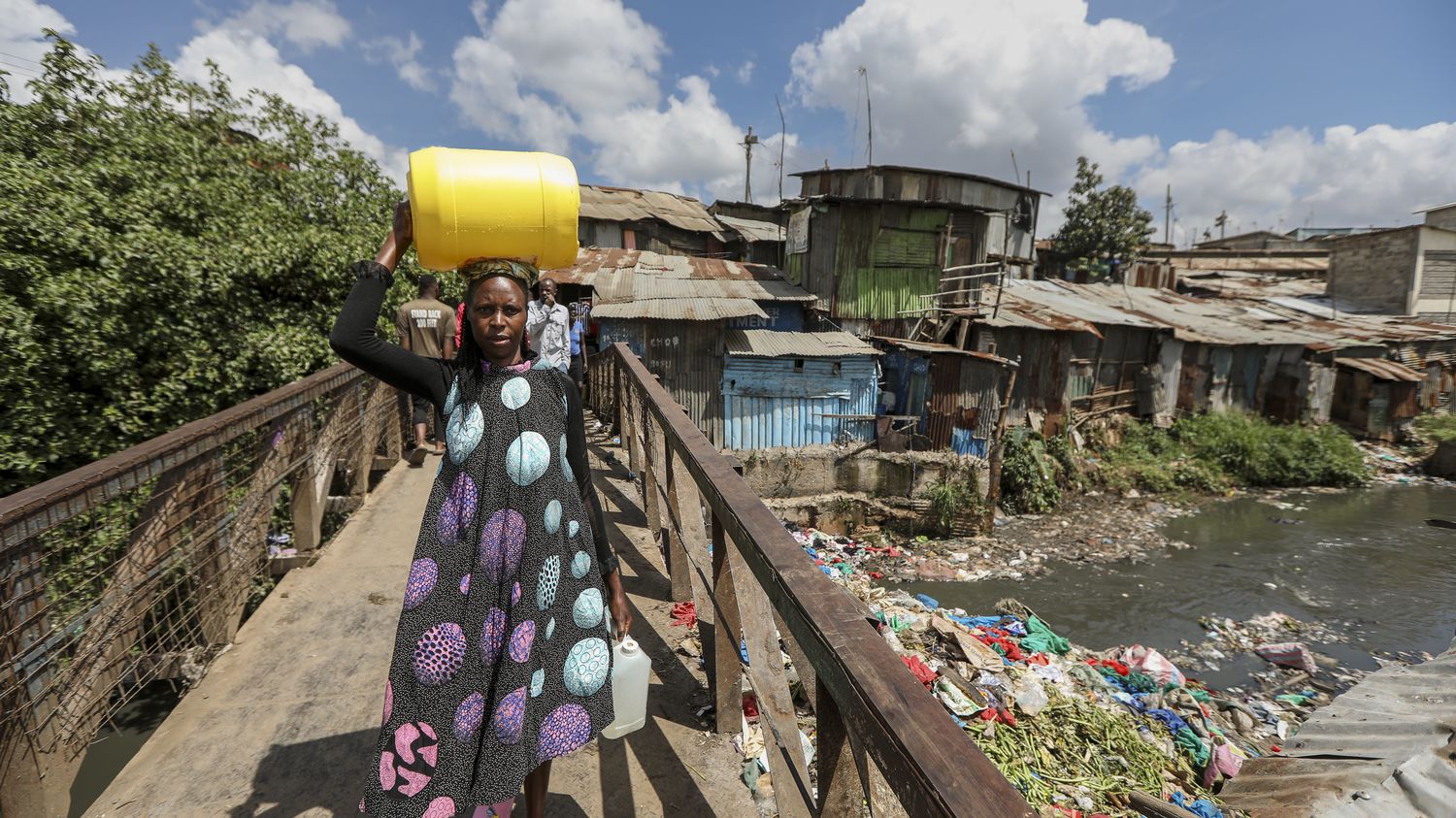With 700,000 cases in 2023, the WHO is sounding the alarm. In Kenya, dozens of cases were recorded after floods which hit the country and caused problems with access to drinking water.
Published
Reading time: 6 min
In France, a three-year-old girl died of cholera in Mayotte, announced the Regional Health Agency and the prefecture in a press release, Wednesday May 8, 2024. Around sixty people are infected. Very rare in France, cholera is clearly increasing across the planet: 473,000 cases in 2022, 700,000 in 2023, enough to put the World Health Organization (WHO) on alert.
The figures are not good, in March alone there were 25,000 new cases in 16 out of 24 countries currently affected by the disease. Among them, Ethiopia, Somalia, Sudan and Zimbabwe. According to the WHO, 44 cases of cholera have been recorded in Tana River County, a region of eastern Kenya, among the hardest hit by the floods, the UN expressed its concern on Wednesday.
These countries are hit hard by droughts or floods, episodes that are becoming more and more frequent with global warming. An environment favorable to the development of cholera, or rather the bacillus which is responsible for the disease, and thrives when there is a problem of access to drinking water. It is a certainty, other regions will be affected before the end of the year, explains Dr Philippe Barboza of the WHO. “Conflicts don’t help anything, which explains why cholera is also present in Haiti, the DRC and Syria”he explains. “And again, all the figures we have given only concern reported cases. Cholera is considered a disease of poor countries, it is often passed over in silence. This is the seventh cholera epidemic that the world has experienced and it has lasted for over 50 years.”continues Dr. Barboza.
High demand and few vaccines
The majority of infected people have no symptoms and for those who do, rehydration salts are often enough to cure them. But to take them, you need to have drinking water and it is because there is a lack of drinking water that people get sick. Hence the interest in having vaccines. But there are not many, three so far, and even two since this year, one of the manufacturers stopped production in 2023, because it was not profitable enough. A few weeks ago, the WHO gave the green light to a simplified version of one of the vaccines to boost stocks a little, but they are still very low. Demand is exploding to the point that the WHO now recommends administering a single dose of vaccine instead of two. Just to be able to vaccinate more people.
In Kenya, authorities fear a resurgence of the disease
In Kenya, the threat of cholera also looms, after destructive floods which killed more than 250 people. The rainy season is marked by heavy precipitation, amplified by the climatic phenomenon El Niño. The rains have displaced more than 50,000 households. In Nairobi, under these conditions, the authorities are on alert for a resurgence of the disease. Forty cases of cholera have already been recorded in Tana River County, a region in eastern Kenya that is among the worst hit by flooding. The Minister for Health warned that the country could face a disaster if the situation is not contained in time. Especially since around sixty health establishments were damaged by the heavy rains, according to the government.
The disease is today “a source of public health concern” for George Wambugu, in charge of medical activities for Doctors Without Borders in Kenya. Here is the observation he draws up on the camps where the displaced are hosted: “These camps are overcrowded, offer few places to wash hands and pose health risks for the populations living there”he explains. “The residents have no access to drinking water, no access to healthy food, others had no food at all. Some camps have poor sanitation facilities, which are not clean or end up quickly blocked. This is an observation that pushed us to install mobile toilets there.continues George Wambugu.
A humanitarian crisis looms
Concern is particularly high in Nairobi’s slums. Which are usually already conducive to the development of water-related diseases. In recent weeks, they have suffered greatly from flooding, particularly that of Mathare in the east of the capital. Last weekend, authorities there destroyed homes that were in flood zones to forcibly evacuate residents, but many ended up on the streets.
According to the World Health Organization, which has announced that it is working with the authorities, an operations center in Nairobi is indeed monitoring the situation. Medical camps were set up to replace infrastructure that was destroyed. President William Ruto also promised financial assistance so that those displaced from the capital can find new accommodation. But many consider it insufficient, and some are alarmed by a looming humanitarian crisis following these floods. Beyond cholera, there are also risks of malaria, because the rains bring stagnant water which encourages the reproduction of mosquitoes. According to the UN, more than 5,000 heads of livestock have been killed by the waters and more than 10,000 hectares of agricultural land have been devastated. All of this can have dramatic consequences on food security.
